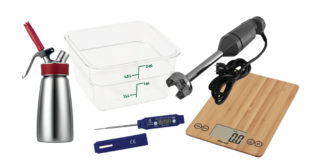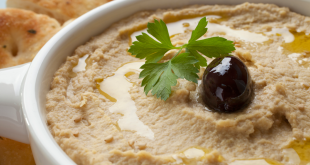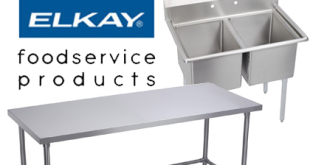The notion and method of induction cooking has been making its way into commercial kitchens for a while now. Impressive, attractive induction cooktops have saturated the market, and while the science behind the technology is sound, many consumers are still hesitant to take the plunge. We’re not here to try and convince you to jump on the induction cooking bandwagon, but if induction is the way you’d like to go it’s important to know what type of cookware will work with your fancy new cooktop.
From stock and sauce pots to braziers, steamers, roasting, grill, and fry pans, cookware comes in a wide range of shapes, sizes, and materials. Over time, and through trial and error, many cooks come to trust a particular brand or learn to stick with a specific material. Unfortunately, there’s a possibility you’re go-to pots and pans might not work on an induction burner.
Will It Work On An Induction Cooktop?
[unordered_list style=”tick”]- Stainless Steel
- Cast Iron[/unordered_list]
- Non-Magnetic Stainless Steel
- Aluminum
- Copper
Why?
Complex science aside, it’s the magnetism of the material used in a particular pan that’s important. The kiss between an induction cooktop’s electromagnetic coil and the base of a pan is what causes those metaphorical sparks to fly (no actual sparking occurs). With the right material (magnetic stainless steel and cast iron), it’s love at first site.
With the wrong materials (100% aluminum and copper), it’s the cold shoulder from both parties. Most induction cooktops don’t want anything to do with these “bad” metals, and when they are detected, the cooktop won’t even turn on.
The Magnet Test
One of the most common ways to determine whether a pot or pan is induction ready is to do a magnet test. Unofficially named, but widely accepted, the method to this magnetic madness is easy. Simply take an everyday magnet and press it up against the bottom of a piece of cookware. If the magnet sticks then the cookware is induction ready.
Be sure to test the base of the pot or pan as opposed to the sides. Many cookware designs use different metals sandwiched together for the core/base to create optimum cooking conditions (see below). This core is all it takes to make a pan induction ready.
Induction Ready Aluminum and Copper Pans
If aluminum or copper is your cookware cup of tea don’t rule out an induction cooktop just yet. Some aluminum and copper cookware is created with a stainless steel sandwich on the bottom, and the incorporation of induction compatible materials as a base or core makes all the difference.
An aluminum pan, which is great for heat conductivity and even distribution, is shunned by the induction cooker (and vice-versa). But, once paired with a stainless steel base, the aluminum pan can now let the electromagnet work its magic. The induction burner gets turned on, the pan gets hot and bothered, and tasty little baby foods can be made.
So, when on the prowl for a new piece of induction ready cookware don’t immediately rule out anything copper or aluminum – read the details on the pan, and if all else fails whip out your trusty magnet.
Make Your Own Recipe
Cooking your cuisine using an electromagnet may seem futuristic to some, but for many chefs who have adopted the technology into their back line, it’s a welcome change of pace. Literally.
Induction cooking has been shown to heat pans almost instantly, and boiling water takes a fraction of the time as it would using traditional cooking methods. That said, cooking different foods requires different degrees of finesse, and with any new kitchen toy, the style and design of your tools is only part of the recipe.
Visit our main site to see a list of all of Tundra’s induction cooking products.
 Corner Booth Blog | TundraFMP Restaurant Supply, News & Equipment Blog
Corner Booth Blog | TundraFMP Restaurant Supply, News & Equipment Blog





